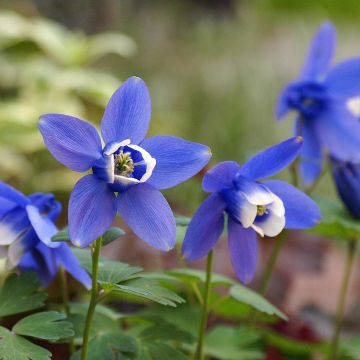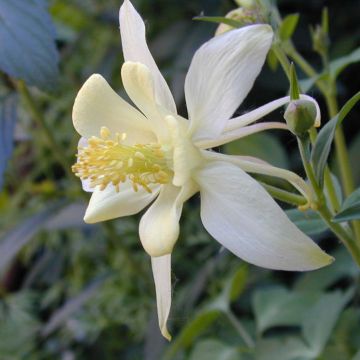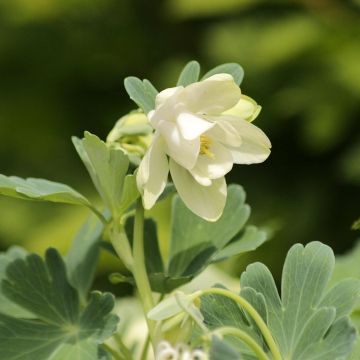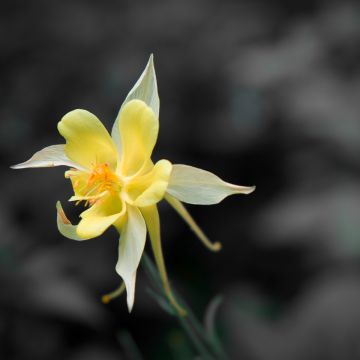Aquilegia for rock gardens
Would this plant suit my garden? Set up your Plantfit profile →
Available in 1 sizes
Available in 1 sizes
Available in 4 sizes
Available in 1 sizes
Available in 1 sizes
Available in 1 sizes
Available in 0 sizes
Available in 1 sizes
Available in 1 sizes
Available in 1 sizes
A selection of Columbines to bloom in fresh rocky areas. Less well-known than the common columbine (A. vulgaris), the Alpine columbine (A. alpina) is a graceful plant emblematic of our alpine beds with large blue flowers that thrive in rocky and limestone soils, where it self-seeds. Many low varieties of Aquilegia vulgaris, especially from the 'Winky Double' series, are also lovely rock plants that are easy to grow. There are also dwarf species derived from A. flabaletta, the Aquilegia flabellata 'Ministar', which forms beautiful cushions of dense foliage that come alive with bright flowers for several weeks in spring. Let's also mention the blue columbine, A. caerulea, native to the Rocky Mountains, and the longissima columbine, another American species that grows in pockets of humus among rocks. While some are quite delicate to cultivate, rock columbines are all lovely, graceful, and colourful perennial plants. Depending on the varieties, they thrive in well-drained but moist soil, in full sun or partial shade. Columbines sometimes self-seed spontaneously if the stems are not cut and occasionally produce natural hybrids with unique shapes or colours.
Haven't found what you were looking for?


















































